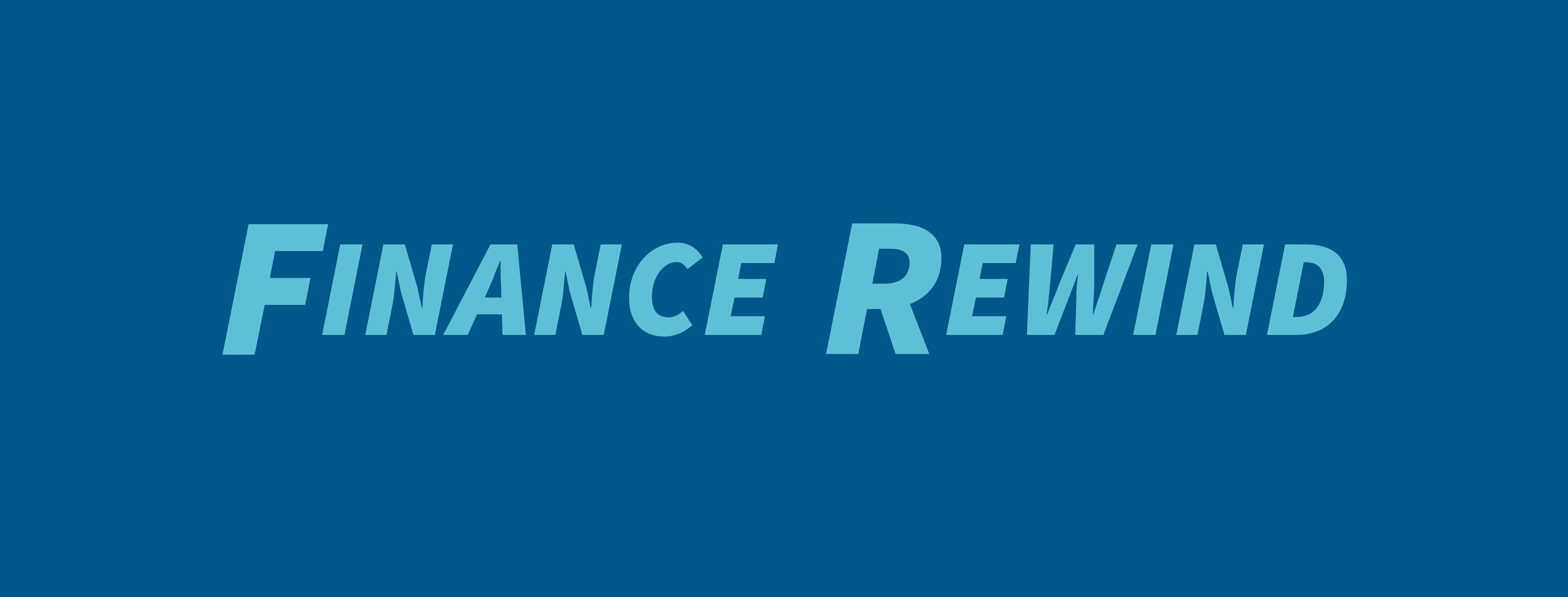In the intricate world of personal finance, the journey towards prosperity hinges on the art of informed financial choices. This article functions as a guiding beacon, delving into the intricacies of decision-making that sculpt the contours of our financial destinies. Whether navigating the intricacies of budgeting or delving into the realm of strategic investments, the mastery of financial choices becomes the linchpin for attaining not only immediate stability but also enduring wealth. Within this labyrinth, understanding the nuanced threads of financial decision-making emerges as the indispensable compass for those seeking to craft a future marked by both fiscal security and long-lasting affluence.

Building a Sturdy Budget
The core of informed financial decision-making rests upon the cornerstone of a meticulously crafted budget. Beyond a mere routine, a budget stands as a strategic blueprint, endowing individuals with the empowerment to allocate resources judiciously. Through the systematic categorization of income, strategic prioritization of expenses, and the establishment of targeted savings goals, a budget transforms into a guiding compass. This financial compass not only navigates the complexities of income and expenditures but also charts a course towards stability and growth. By instilling discipline and foresight, a well-constructed budget serves as a dynamic tool, aligning financial choices with overarching objectives, fostering resilience in the face of economic fluctuations, and illuminating the path towards both immediate stability and enduring financial prosperity.
Tackling Liabilities Strategically
Within the intricate landscape of financial decision-making, addressing debt emerges as a pivotal crossroads. Informed choices regarding debt necessitate a comprehensive evaluation, encompassing considerations such as interest rates, repayment terms, and the strategic prioritization of high-interest obligations. Whether contending with student loans, credit card debt, or mortgages, a judicious and strategic approach to debt management becomes the linchpin for ensuring that financial decisions propel individuals towards a future unburdened by debt. This strategic stance not only involves prudent decision-making in the present but also lays the groundwork for a trajectory leading to financial liberation. By navigating the complexities of debt with foresight and discipline, individuals can shape financial choices that actively contribute to the realization of a debt-free and financially liberated future.
Growing Wealth Methodically
In the intricate tapestry of financial decision-making, the art extends seamlessly to investment strategies. Whether embarking on ventures in stocks, bonds, real estate, or retirement accounts, informed decisions hinge upon a nuanced understanding of various factors. Transitioning into the realm of investments requires astutely gauging one’s risk tolerance, strategically diversifying portfolios, and aligning investments with long-term objectives. By comprehensively evaluating these components, individuals foster a financial landscape resilient to market fluctuations. Transitioning into the realm of investments requires astutely gauging one’s risk tolerance, strategically diversifying portfolios, and aligning investments with long-term objectives. By comprehensively evaluating these components, individuals foster a financial landscape resilient to market fluctuations. Through this strategic approach, financial choices evolve into a mechanism for cultivating enduring wealth, with investments positioned to withstand the test of time and contribute to sustained financial success.
Adapting to Changing Circumstances
Within the realm of informed financial choices, the art is anything but static; it’s an ongoing, dynamic process demanding continuous evaluation. Life circumstances unfold, economic landscapes undergo shifts, and personal goals naturally evolve. In this ever-changing panorama, regularly reassessing financial choices becomes imperative for ensuring continued relevance and effectiveness. Transitioning into new life stages or adapting to economic fluctuations necessitates agility in financial strategies. Moreover, the fluidity of personal objectives demands that financial choices remain finely attuned to current situations. This adaptability empowers individuals to make nimble adjustments, ensuring that their financial strategies not only weather the prevailing circumstances but also align harmoniously with the evolving contours of their lives. Through this iterative and proactive approach, financial decisions become a resilient framework, capable of navigating the dynamic intricacies of both individual circumstances and the broader economic landscape.
Conclusion
In conclusion, the art of mastering informed financial choices is an ongoing tapestry that weaves together various elements of personal finance. From budgeting to investments, debt management to retirement planning, each decision contributes to the overall financial portrait. By cultivating financial literacy, staying abreast of economic trends, and making choices that align with individual goals, navigating the path to prosperity becomes an intentional and rewarding journey. Informed financial choices not only secure stability but also pave the way for a future defined by financial empowerment and abundance.

